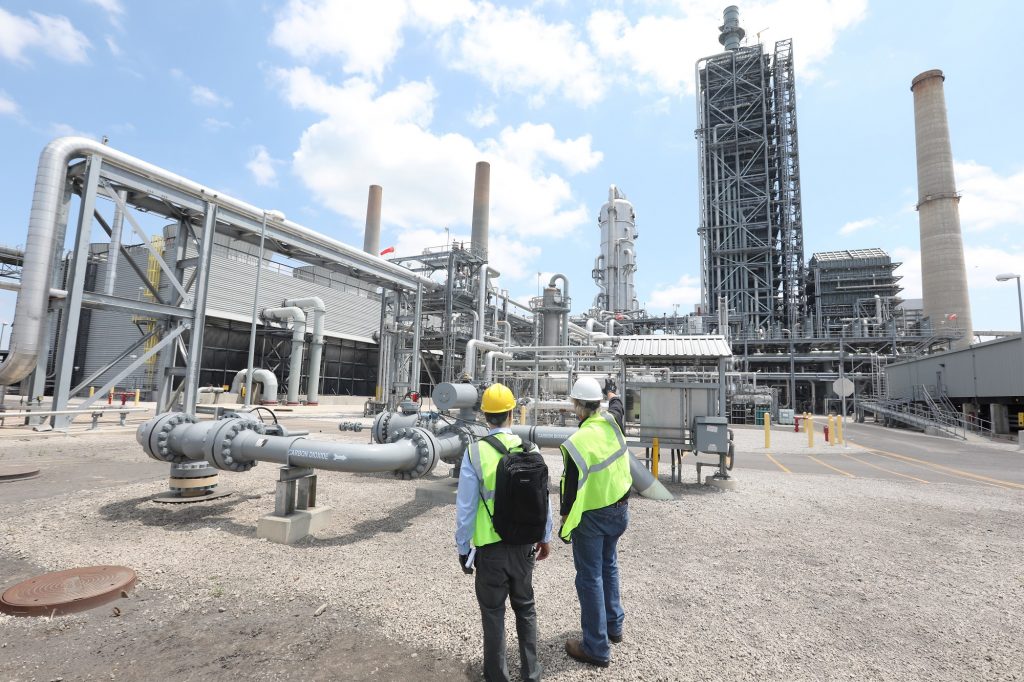When it comes to hose assemblies, the quality and performance of your equipment is crucial. Nitrogen testing for hose assemblies is a great way to ensure that the assembly is safe and reliable, and that it will perform as expected. In this blog post, we will discuss why nitrogen testing for hose assemblies is important and how you can benefit from it. We’ll also share some tips and advice for getting the most out of your nitrogen testing.
What is Nitrogen Testing?
Nitrogen testing for hose assemblies is a process designed to ensure the integrity of hoses used in the industrial and manufacturing fields. It involves the use of high-pressure nitrogen gas to test the leak-proof qualities of an assembled hose, typically before installation. By subjecting the hose to a pressurized nitrogen environment, technicians can detect any leaks that may exist, ensuring that the hose is safe and reliable. The process helps to ensure that the hose is free from defects and can provide safe operation for its intended purpose.
Why is it Important?
Nitrogen testing is an important part of ensuring the safety and reliability of hose assemblies used in many industries. It helps to ensure that hoses meet specific performance requirements and remain secure and leak-free in even the most demanding conditions. Nitrogen testing can also help to detect any areas of weakness in the hose assembly and to assess how it might respond to different environmental conditions, such as pressure, temperature, and chemical exposure.
The primary reason for testing is to make sure that the hose assembly meets its specified burst strength, which is essential for containing any liquids or gases within it. A burst test evaluates the pressure of a liquid or gas contained inside the hose assembly and measures how much pressure the hose can handle before bursting. This ensures that a hose will not fail unexpectedly under pressure and cause any safety hazards.
Furthermore, nitrogen testing is important to determine whether the hose assembly has been properly sealed and that there are no gaps between fittings or other components. This helps to ensure that the hose assembly is leak-proof and remains secure.
In summary, nitrogen testing is an important part of making sure that hose assemblies are safe, reliable, and able to withstand different environmental conditions. It helps to ensure that they meet specific performance requirements, remain secure and leak-free, and don’t suffer from unexpected failure.
What Does it Involve?
Nitrogen testing for hose assemblies is a method used to assess the integrity and safety of a hose assembly. It involves pressurizing the assembly with nitrogen, usually up to around 2,000 PSI, to check for any leaks or weak spots in the hose assembly. The pressurized nitrogen is monitored for any pressure changes over time, and if there is a significant drop in pressure then it indicates that there is a leak in the hose assembly. This method can also be used to detect any kinks or bends in the hose which could create pressure points or weaken the assembly. If a hose assembly passes the nitrogen test, it means that it has met all the requirements and is suitable for use.
The nitrogen testing process is not complicated, but it does require the use of special equipment such as a nitrogen regulator, pressure gauge, and a device to detect any pressure loss. The setup needs to be checked before the test and all safety procedures need to be followed. A trained technician should always perform the nitrogen testing to ensure accuracy and safety.
How Often Should it be Done?
Nitrogen testing for hose assemblies should be done regularly as part of an overall preventative maintenance program. The exact frequency with which this testing should occur depends on the type of hose assembly and the environment in which it is used. Generally, a nitrogen test should be performed annually or whenever the hose assembly is opened for repair or inspection. If the hose assembly is exposed to harsh conditions, such as high temperatures or pressure, it should be tested more frequently. Additionally, any time a hose assembly is used for critical applications, such as those involving pressurized gas or fluid, a nitrogen test should be performed before use.
It is also important to note that any hoses that have been sitting idle for extended periods of time should be tested before they are put back into service. Additionally, if a hose fails a nitrogen test, it should be removed from service and replaced immediately.
By performing regular nitrogen tests on hose assemblies, you can ensure their reliability and safety. Doing so can help protect both personnel and equipment, while also preventing costly repairs or replacements in the future.




